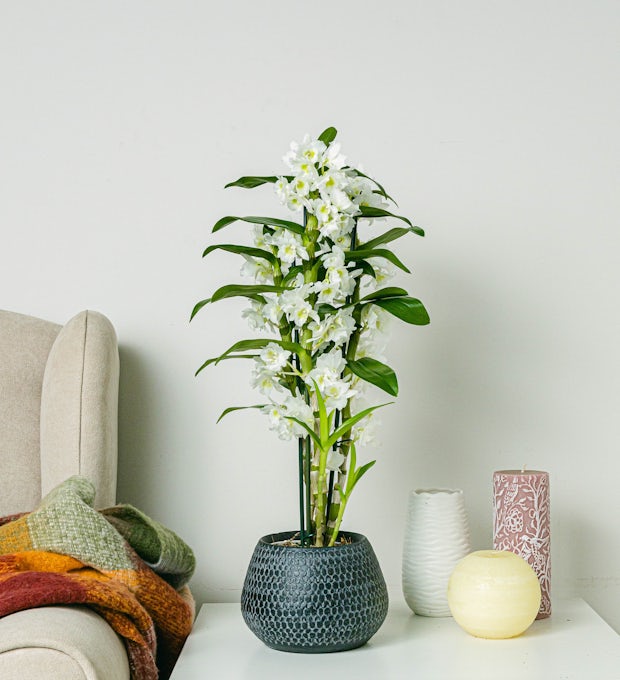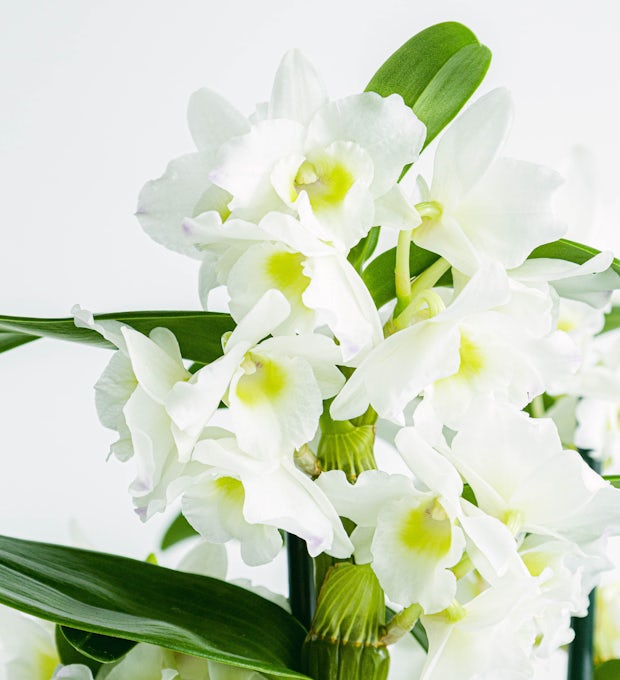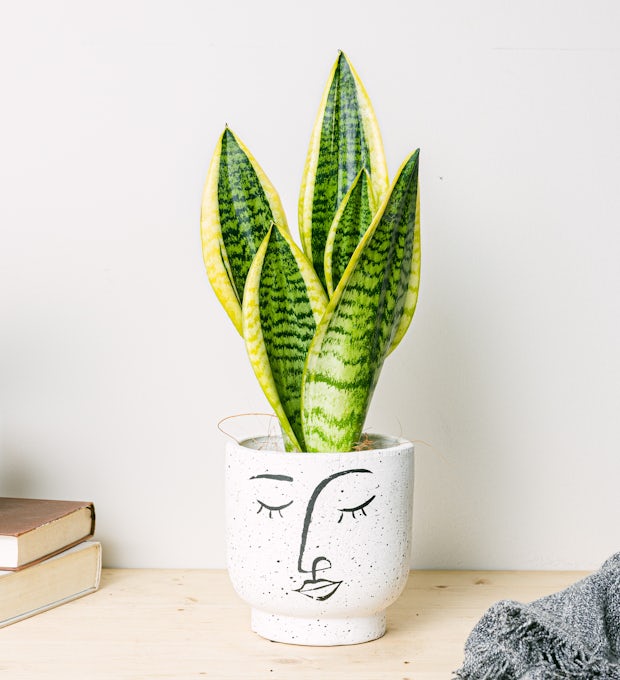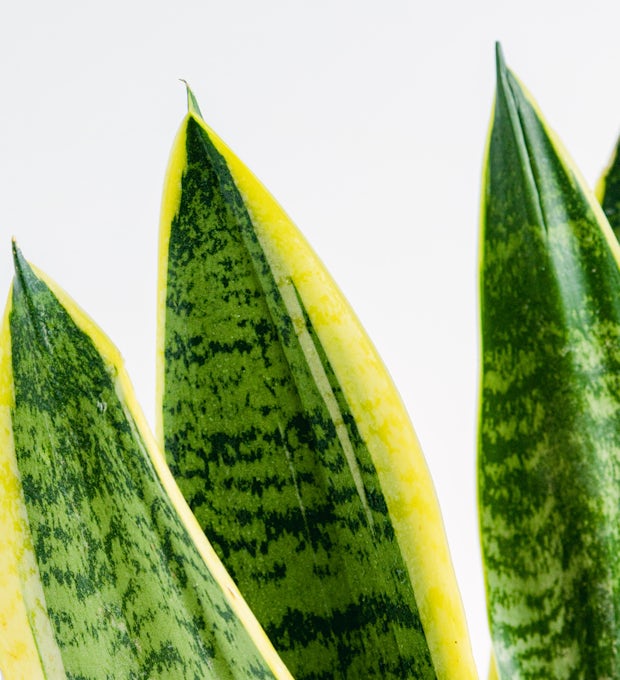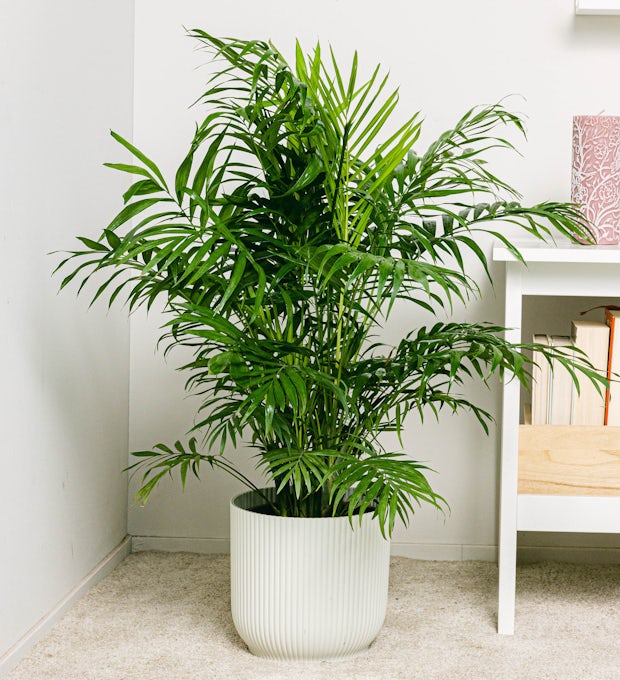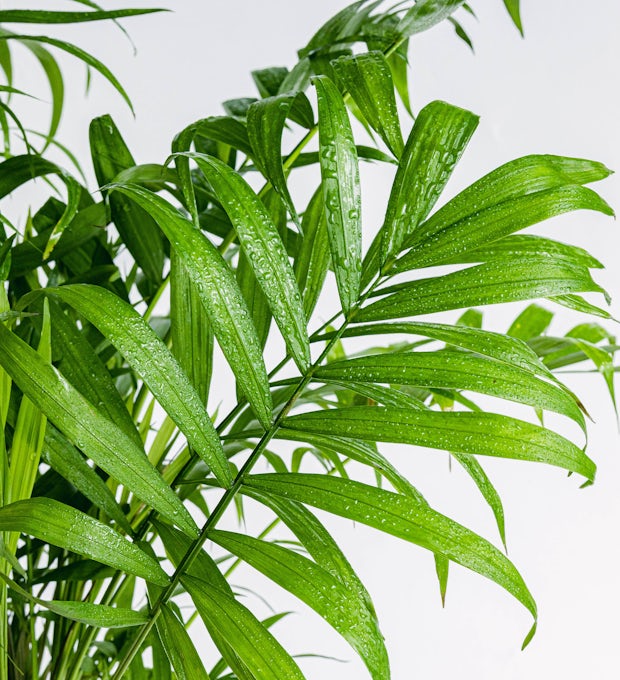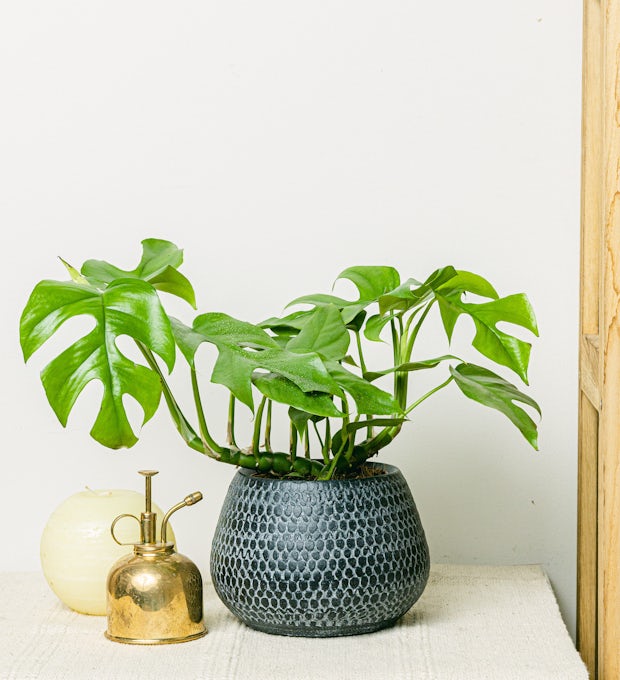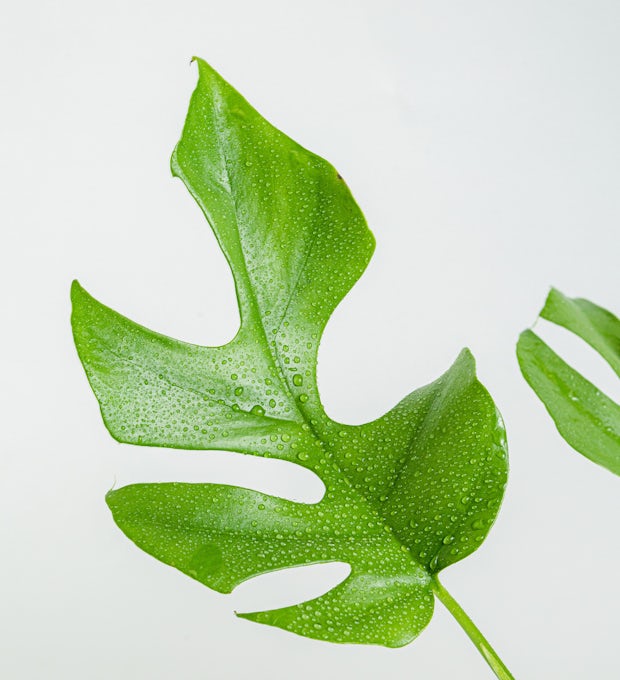The Lily of Peace, that beautiful symbol of tranquility and harmony that fills our homes with peace and serenity. Who hasn't been mesmerized by its elegant beauty? In this article, I will tell you everything you need to know about How to Care for and maintain the peace lily in your home. From the importance of finding the perfect place for him, to the secrets to keeping him healthy and radiant. Get ready to immerse yourself in the world of this very special plant and discover all its charms. Don't miss it!
Introduction to the Peace Lily: A Symbol of Peace and Harmony
The Peace Lily is a plant that radiates peace and harmony in any space where it is found. Its scientific name, Spathiphyllum, comes from the Greek and means "blade with a sword." This tropical plant native to Central and South America has become a symbol of tranquility and serenity in many homes and workspaces. Its bright green leaves and elegant white flowers make it a highly prized plant for its beauty and ability to create a relaxing atmosphere. In addition to its pleasing appearance, Peace Lily also has air-purifying properties, making it a popular choice for those looking to improve indoor air quality. Not only is it a beautiful plant, but it can also have a positive impact on our health and well-being. Keeping a Peace Lily at home or in the office can help us find moments of calm and tranquility in the midst of the daily hustle and bustle. If you're looking for a plant that will give you a peaceful and serene environment, the Peace Lily is the perfect choice.
The Importance of the Right Location for the Peace Lily
Finding the perfect place to place our beloved Peace Lily is critical to its well-being and growth. This symbol of peace and harmony needs a suitable location to flourish in all its glory. The first step is to find a place in our house that receives indirect light, avoiding direct exposure to the sun. The Peace Lily is a shade plant and will feel happiest in areas with low light. Also, we need to make sure to keep it away from cold drafts, as this can damage its delicate leaves. Another important consideration is humidity. This plant loves to live in humid environments, so we should avoid placing it near heat sources such as radiators or fireplaces. It's a good idea to place it in the bathroom, where the humidity is usually higher. If we follow these tips and find the perfect place for our Peace Lily, we will be ensuring its happiness and vitality. Watching it grow and flourish in our home will give us a sense of tranquility and inner peace. There is nothing more beautiful than having a little piece of peaceful nature within our four walls!
We ship plants to all locations, you can see more options here.
Watering and Humidity: Keys to Keeping the Peace Lily Healthy
Watering and humidity are two key factors in keeping the Peace Lily healthy and radiant. This beautiful symbol of peace and tranquility requires special care in terms of its water and humidity. Be sure to water your plant regularly, keeping the soil slightly moist but not soggy. Avoid letting water stagnate in the pot, as this can lead to the development of fungus and diseases. It is always best to water the plant underneath, directly at the base, to avoid wetting the sensitive leaves and flowers of the Peace Lily. In addition to watering, it is important to maintain adequate humidity around the plant. You can accomplish this by placing the pot on a plate with damp stones or using a humidifier in the room. The Peace Lily thrives in humid environments, so it is essential to maintain a constant level of humidity to ensure its well-being. Watch your plant's leaves: If they start to wilt or show signs of dryness, it may need more water or moisture. Remember that caring for and maintaining the Peace Lily takes dedication and attention, but the results are worth it when you see its beauty bloom in your home.
We ship plants to all locations, you can see more options here.
Nutrition and Fertilization: Nurturing the Vitality of the Peace Lily
Nutrition and fertilization are essential to maintain the vitality and beauty of the Peace Lily. Just as we need a balanced diet to be healthy, these plants also require adequate nutrients to grow strong and healthy. Be sure to provide a specific fertilizer for houseplants, following the manufacturer's instructions. These types of fertilizers are formulated with the essential nutrients that the Peace Lily needs to flourish. In addition, it is important to remember that these plants are sensitive to over-fertilization, so it is best to err on the side of caution and use a lower dose than recommended. Observe how the plant reacts and adjust the amount of fertilizer accordingly. Regular fertilization, every 4-6 weeks during the growing season, will help maintain the vitality and vigor of the Peace Lily. Remember that these plants also benefit from receiving indirect sunlight and maintaining a humid environment. Feeding your Peace Lily properly will not only ensure its health, but also allow you to enjoy its beautiful presence in your home as a symbol of peace and harmony.
How to Protect Peace Lily from common pests and Diseases
Protecting the Peace Lily from common pests and diseases is critical to maintaining its beauty and health. We don't want anything to ruin the peace of mind that this symbol of peace gives us! One of the most common pests affecting the Peace Lily is the aphid. These tiny sucking insects can weaken the plant and cause its leaves to turn yellow. To combat them, you can use an organic insecticide or prepare a solution of soap and water to spray on the leaves. Another pest that we must be aware of is spider mites. These tiny bugs can appear when humidity is low, so be sure to maintain a moist environment around your plant. If you notice the presence of spider mites, you can use a damp cloth to clean the leaves and apply a specific insecticide if necessary. As for diseases, one of the most common is powdery mildew, which manifests as a white coating on the leaves. To prevent this, avoid overwatering and make sure to provide good air circulation around the plant. If you already have this disease in your Peace Lily, you can use suitable fungicides to treat it. Remember to check your plant regularly for signs of pests or diseases, and act quickly to protect it. Your Peace Lily will thank you with its serene beauty!
Proper pruning and handling: Maintaining a pristine appearance of the Peace Lily
Proper pruning and handling are key to maintaining a pristine appearance of the Peace Lily. As a plant with long, elegant leaves, it is important to prune regularly to remove yellowing or wilted leaves, as well as weak or damaged stems. Not only does this practice improve your aesthetic appearance, but it also promotes healthy growth. When pruning, it is advisable to use clean, sharp scissors to avoid damaging the plant. Also, care should be taken not to cut too close to the base of the leaves, as this could cause unnecessary stress. Another important consideration is the proper handling of the Peace Lily. Be sure to place it in a place where it won't be exposed to strong drafts or extreme temperatures. It is also important to avoid direct sun exposure, as this can burn the plant's sensitive leaves. Keep the plant away from heat sources such as radiators or fans. If you follow these pruning and proper handling tips, you will be able to enjoy a Peace Lily with an impeccable and healthy appearance in your home, transmitting that tranquility and harmony so characteristic of this beautiful plant.
Peace Lily Reproduction and Propagation: Expanding Its Beauty in the Home
Do you want to have more Peace Lilies in your home? No problem! Breeding and propagating this beautiful plant is easier than you think. A simple way to expand its beauty is through root division. When you see that your Peace Lily has grown a lot and its roots are tight in the pot, it's time to divide it. Carefully remove the plant from the pot and separate the roots into smaller groups. Make sure each clump has healthy leaves and roots before replanting them in individual pots with fresh soil. You can also propagate Peace Lily by cuttings. Cut off a healthy leaf and place it in a glass of water, making sure the stem is submerged. Before long, you'll see roots sprouting from the stem and you'll be able to transplant them into a pot. Not only will reproducing the Peace Lily allow you to enjoy more plants in your home, but it will also give you a sense of satisfaction in watching them grow and develop. Go ahead and spread the beauty of the Peace Lily in your home!
Care for and enjoy the Peace Lily in your home! This beautiful symbol of peace and harmony can bring you tranquility and serenity if you take proper care of it. Remember the importance of placing it in a place with the right amount of light, as well as keeping it well watered and with the necessary humidity. Feed its vitality with good nutrition and fertilization, and protect it from common pests and diseases. Don't forget to prune and handle it properly to keep it looking flawless. If you want to expand its beauty in your home, learn how to reproduce and propagate it. The Peace Lily is more than a plant, it's a constant reminder of the calm and serenity we all need in our lives. So take a moment to appreciate its beauty and reflect on how you can cultivate more peace and harmony in your own environment. Let the Peace Lily inspire you to find tranquility in the midst of chaos!
